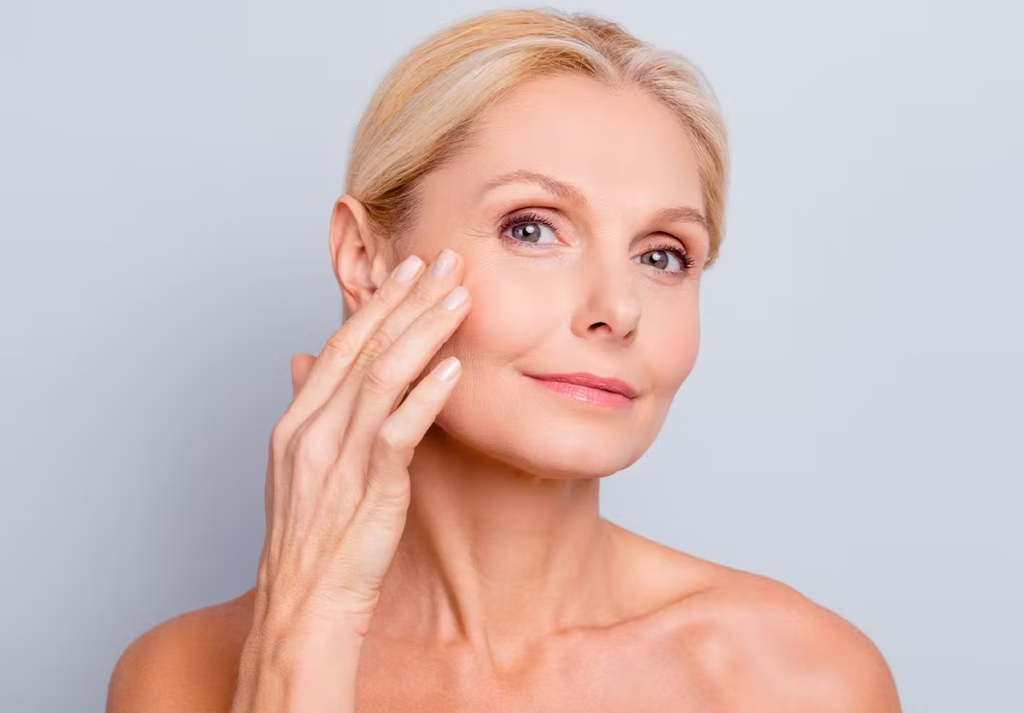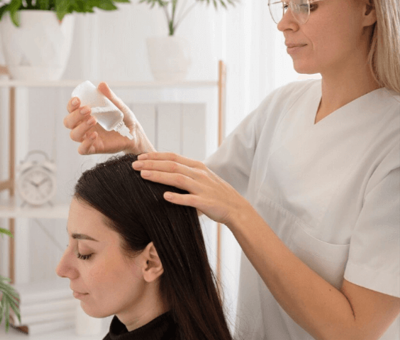When it comes to melasma—a chronic skin condition that causes dark patches on the face—Korea stands out for its advanced dermatological care, cutting-edge laser technologies, and holistic skincare approach. But with hundreds of clinics scattered across Seoul and other major cities, how do you choose the right one as an international patient?
This guide walks you through the key factors to consider when selecting the best clinic for melasma treatment in Korea.
1. Verify the Clinic’s Specialization in Pigmentation Treatment
Not all dermatology clinics specialize in pigmentation disorders like melasma. Some may focus on acne, anti-aging, or cosmetic surgery. When researching, look for clinics that explicitly list melasma, hyperpigmentation, or pigment laser treatments in their core services.
What to look for:
- Mention of Pico laser, Q-switched laser, Laser toning, or Fractional lasers
- Case studies or before-and-after images of melasma patients
- Treatment packages for Asian or Fitzpatrick III–V skin types, which are more prone to pigmentation issues
2. Check the Credentials of the Dermatologist or Medical Director
Your results depend significantly on the expertise of the treating physician. In Korea, dermatologists must undergo extensive education and certification, but international patients should still check:
Things to verify:
- Is the doctor a board-certified dermatologist (not just a general physician)?
- Do they have experience treating international skin types?
- Are they affiliated with organizations like the Korean Dermatological Association (KDA)?
- Have they published research or given talks on pigmentation treatments?
You can often find this information on the clinic’s official website or request it via email.
3. Look for Clinics That Welcome International Patients
Language barriers, cultural nuances, and differing skincare expectations can make treatment abroad intimidating. Clinics that regularly serve foreigners will provide services and amenities that make the process easier.
Key indicators:
- English-speaking staff or on-site interpreters
- Websites with multilingual options
- International certifications or inclusion in Korea’s medical tourism programs
- Concierge services (e.g., airport pickup, hotel recommendations, travel guidance)
Look for clinics in popular medical districts like Gangnam, Apgujeong, or Myeongdong, which are known for accommodating global patients.
4. Evaluate the Technology and Treatment Methods
Melasma can be difficult to treat, and outdated or inappropriate lasers can worsen pigmentation. Choose a clinic that uses modern, safe technologies tailored to your skin.
Ask the clinic:
- Which laser machines do you use for melasma?
- Are the devices FDA-approved or KFDA-certified?
- Do you customize treatments based on skin tone and melasma depth?
- What post-treatment skincare or cooling technologies do you use?
Look for clinics offering combination therapy—a blend of laser, chemical peel, prescription topicals, and calming skincare.
5. Transparency in Pricing and Treatment Plans
Unclear pricing can lead to frustration. Reputable clinics will offer transparent quotes, even before you arrive in Korea.
What to request:
- An itemized breakdown of costs: consultation, treatment session(s), products, aftercare
- Any package discounts for multiple sessions
- Details about VAT tax refunds (available to foreign tourists)
- Clarification on refund policies or rescheduling options
Beware of clinics that pressure you into upgrades or large packages without clear explanations.
6. Read Verified Reviews from Other International Patients
First-hand reviews are invaluable. Search for testimonials from patients who share your background or treatment goals.
Where to look:
- Google Reviews, Naver, or Kakao Maps
- Forums like RealSelf, Reddit (r/KoreanBeauty or r/MedicalTourism)
- YouTube vlogs showing treatment experiences and clinic tours
- The clinic’s Instagram account (some post English patient stories)
Take note of repeated comments on staff behavior, hygiene standards, treatment outcomes, and communication quality.
7. Ask for a Virtual Consultation Before Booking
To avoid surprises, many clinics offer pre-arrival consultations via email, WhatsApp, or Zoom. This allows you to:
- Share photos of your melasma
- Ask about treatment suitability
- Get a customized plan and quote
- Judge the responsiveness and professionalism of the staff
This interaction can help you gauge how comfortable you’ll feel being treated there in person.
8. Check Location and Accessibility
In a city like Seoul, traffic and travel time matter. Choose a clinic that is:
- Centrally located (e.g., in Gangnam, which has many dermatology hubs)
- Easily accessible by subway or taxi
- Close to your hotel or serviced apartment
Bonus if the clinic offers transportation assistance or is walking distance from a train station (e.g., Line 2 or Line 9).
9. Ask About Post-Treatment Support
Melasma requires ongoing care. A good clinic won’t stop helping you after your session.
Ideal services include:
- Follow-up consultations (in-person or virtual)
- Instructions on sun care and skincare products
- Product recommendations for ongoing pigment control
- Email support for post-treatment questions
This level of support is crucial for maintaining results once you return home.
Final Thoughts
Choosing the right clinic in Korea for melasma treatment is about more than just finding the cheapest option. You want a trusted, professional clinic with proven experience in treating pigmentation safely and effectively—especially for international patients.
Take your time to research, reach out to multiple clinics, and don’t hesitate to ask questions. The right clinic will respect your concerns, explain options clearly, and prioritize your long-term skin health.




